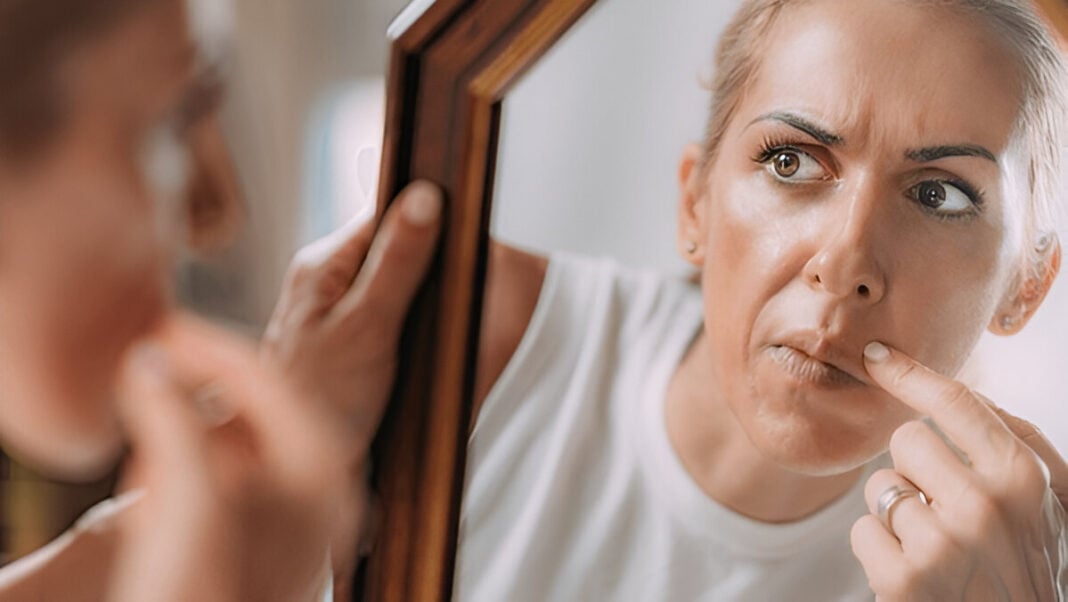It’s not uncommon for dermatologists to encounter patients who are deeply distressed by minor or even invisible skin imperfections. They might request multiple cosmetic procedures, obsess over blemishes no one else sees, or express frustration despite clear clinical improvement. These patients may not simply be vain or difficult. Many are suffering from Body Dysmorphic Disorder (BDD), a mental health condition that often hides behind the exam table in dermatology clinics.
What Is Body Dysmorphic Disorder?
Body Dysmorphic Disorder is a psychiatric condition characterized by obsessive focus on perceived flaws in physical appearance, which are either minor or completely imagined. It’s not just about being self-conscious. BDD causes significant emotional distress and can interfere with daily functioning, relationships, and self-esteem (American Psychiatric Association, 2022).
People with BDD often seek help from dermatologists or cosmetic specialists rather than mental health professionals because they believe their issue is physical rather than psychological.
Why Dermatology Clinics Are on the Frontlines
Dermatology and aesthetic clinics often serve as first points of contact for individuals with undiagnosed BDD. This is especially true when patients request repeated procedures for skin conditions like acne, pigmentation, scars, or perceived asymmetry.
Red flags may include:
- Excessive mirror checking or avoidance
- Dissatisfaction with multiple previous treatments
- Requests for unnecessary or extreme cosmetic procedures
- Anxiety or depression centered around appearance
- Impaired social or occupational functioning due to perceived flaws
Studies suggest that 8 to 14 percent of dermatology patients meet the diagnostic criteria for BDD, a figure much higher than in the general population (Veale et al., 2016).
Impact on Patient Care
BDD can complicate the patient-doctor relationship. These individuals may become frustrated with normal healing times or unimpressed by objectively good outcomes. Some may blame their dermatologist when results don’t align with their distorted self-image.
Treating a patient with undiagnosed BDD can also lead to ethical dilemmas. While the dermatologist aims to help, performing unnecessary procedures may reinforce the patient’s obsession or lead to dissatisfaction and legal complaints.
Identifying BDD in Clinical Practice
Dermatologists aren’t expected to diagnose psychiatric conditions, but they can recognize signs and refer patients for appropriate care. Some practical steps include:
- Gentle questioning: Ask how the skin concern affects the patient’s daily life or self-image
- Screening tools: Short questionnaires like the BDDQ (Body Dysmorphic Disorder Questionnaire) can help identify at-risk individuals
- Observing behavior: Excessive concern about minor flaws, repeated procedures with no satisfaction, or emotional distress during consultations may be clues
- Building rapport: Patients with BDD may feel shame or fear judgment, so creating a safe space is crucial
When and How to Refer
If BDD is suspected, the dermatologist should avoid confrontation and instead emphasize comprehensive care. Phrases such as:
“I understand this is distressing. Sometimes, concerns like yours are best managed with support from both dermatology and mental health professionals. We want to help you feel better in every way.”
Collaboration with psychiatrists, psychologists, or cognitive-behavioral therapists is essential. Cognitive Behavioral Therapy (CBT), often combined with selective serotonin reuptake inhibitors (SSRIs), is considered the most effective treatment for BDD (Phillips & Hollander, 2008).
Ethical and Professional Considerations
- Do no harm: Performing cosmetic procedures on a patient with BDD can sometimes cause more harm than good
- Manage expectations: Be clear about the limitations and realistic outcomes of treatment
- Document thoroughly: Note discussions, consent, and patient expectations to protect both patient and provider
- Set boundaries: It is appropriate to say no to unnecessary or repeated procedures if they are not clinically justified
Body Dysmorphic Disorder in dermatology clinics is more common than many realize. It often masquerades as a skin concern but is rooted in a distorted perception of the self. Recognizing BDD is crucial for protecting patient well-being and maintaining ethical standards in dermatologic care.
By remaining observant, empathetic, and collaborative, dermatologists can play a vital role in identifying BDD and guiding patients toward the help they truly need. This support improves not only the patient’s skin but also their mental and emotional health.
References
-
American Psychiatric Association. (2022). Diagnostic and Statistical Manual of Mental Disorders (5th ed., text rev.).
-
Phillips, K. A., & Hollander, E. (2008). Treating body dysmorphic disorder with medication: Evidence, misconceptions, and a suggested approach. Body Image, 5(1), 13–27. https://doi.org/10.1016/j.bodyim.2007.12.003
-
Veale, D., Gledhill, L. J., Christodoulou, P., & Hodsoll, J. (2016). Body dysmorphic disorder in different settings: A systematic review and estimated weighted prevalence. Body Image, 18, 168–186. https://doi.org/10.1016/j.bodyim.2016.07.003











